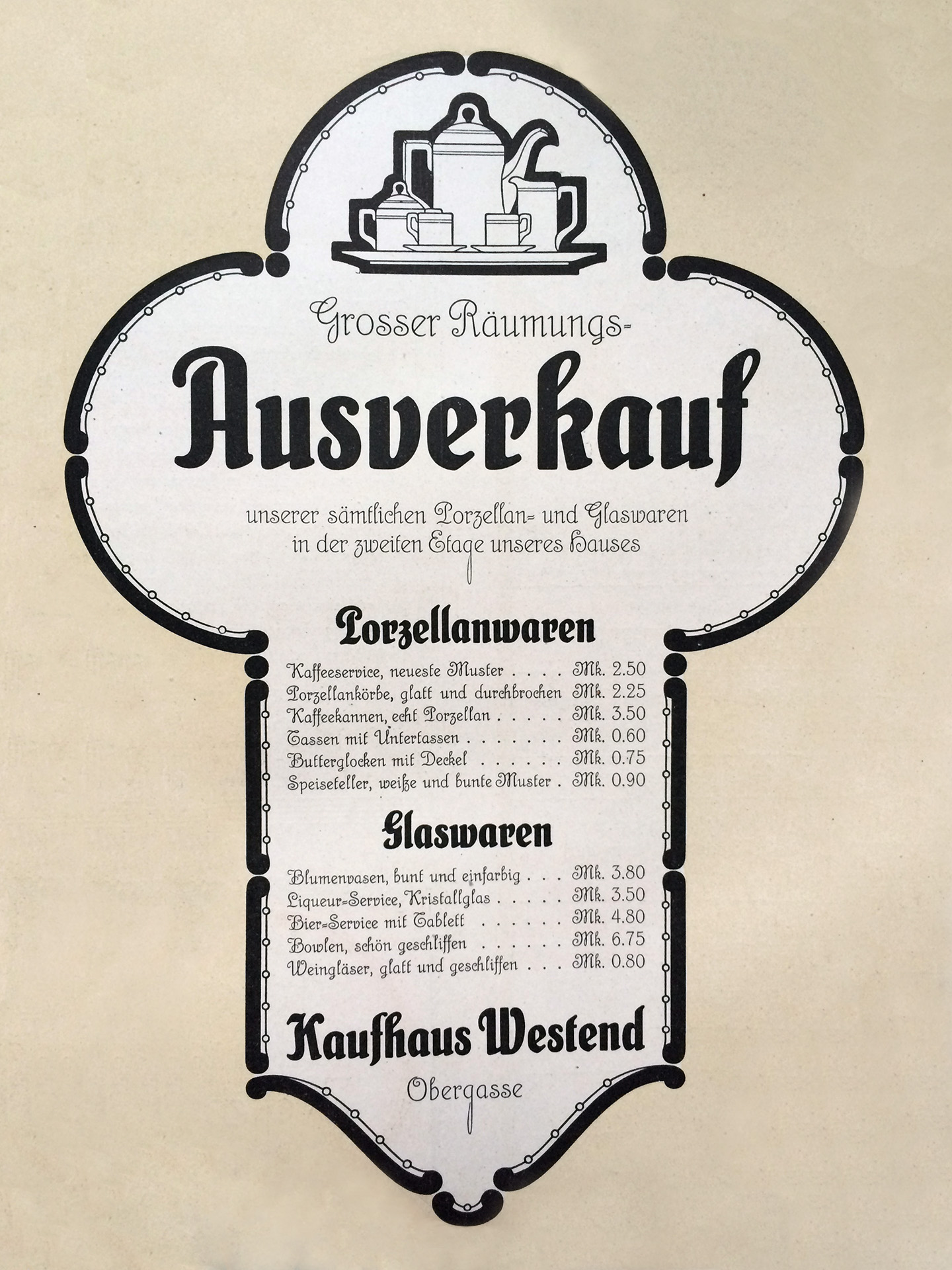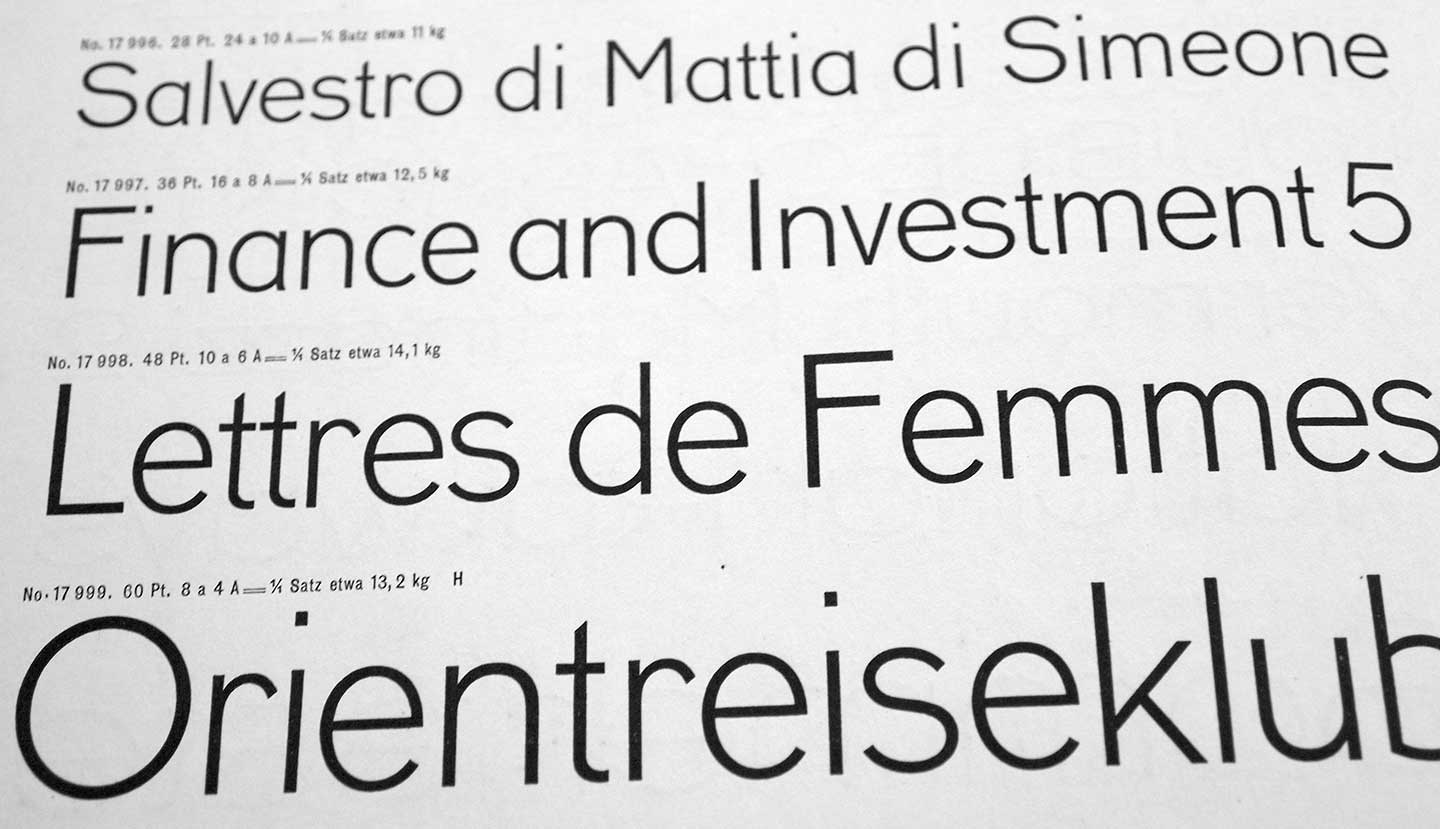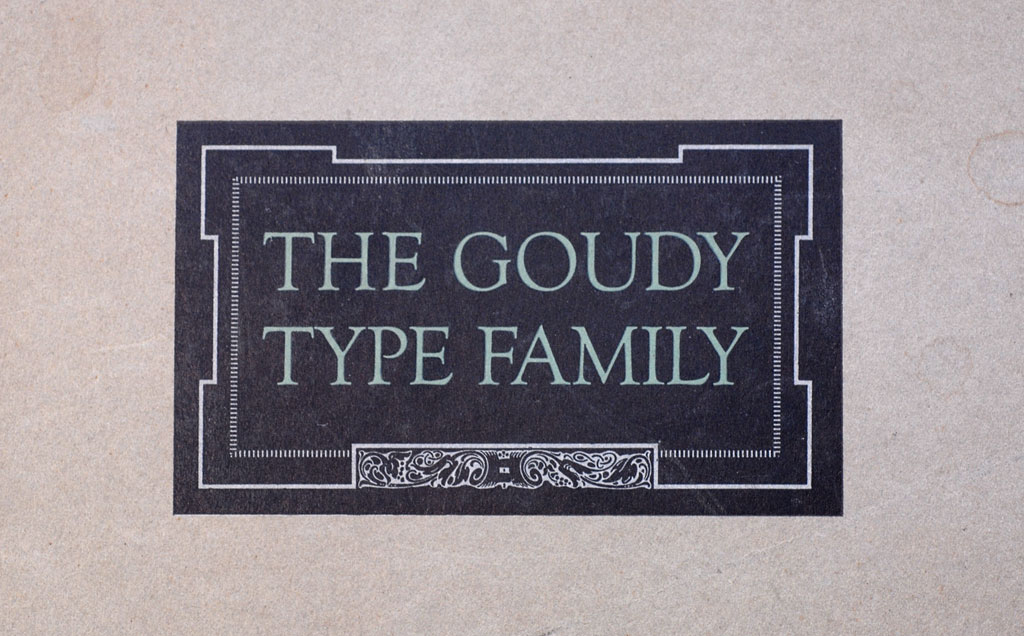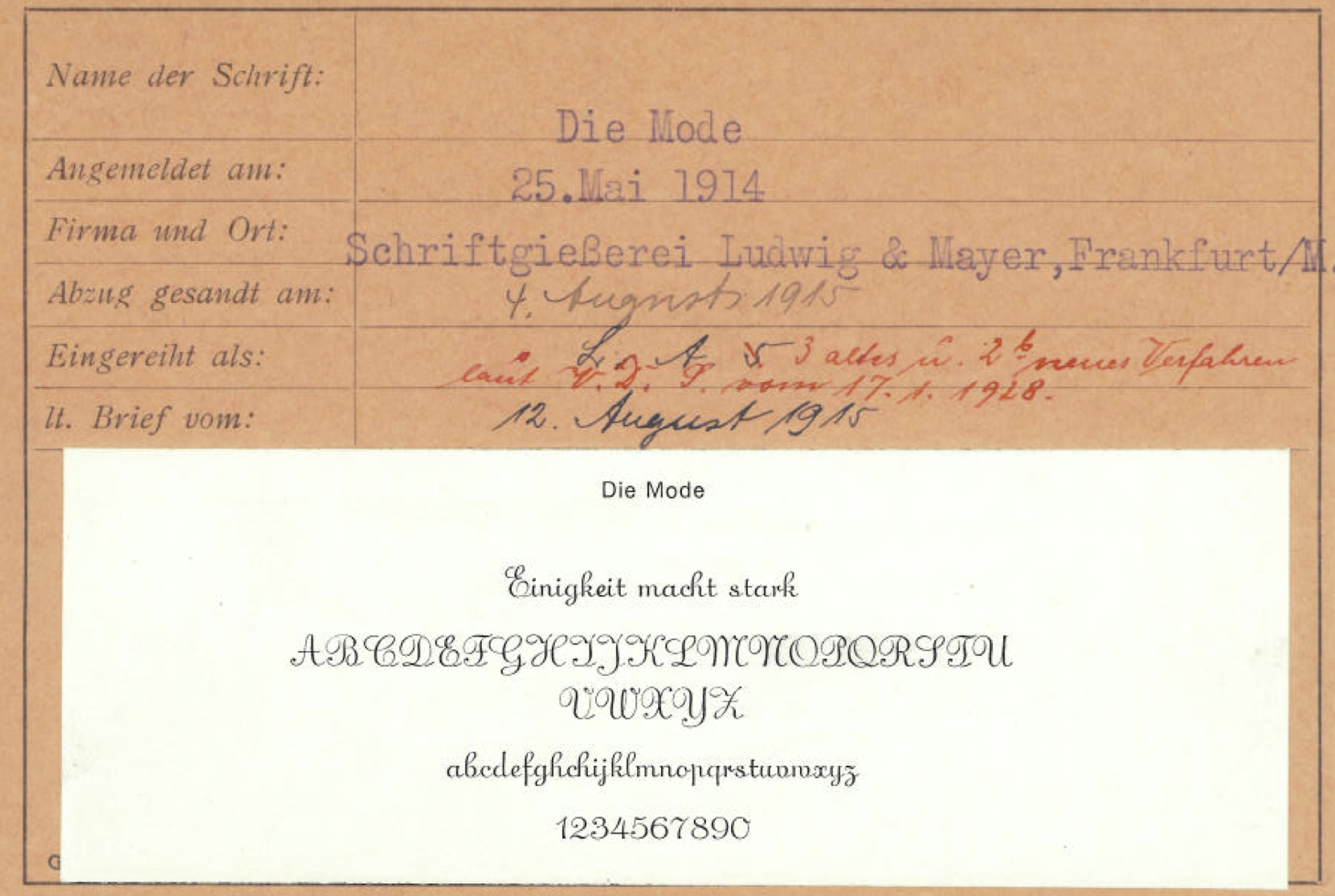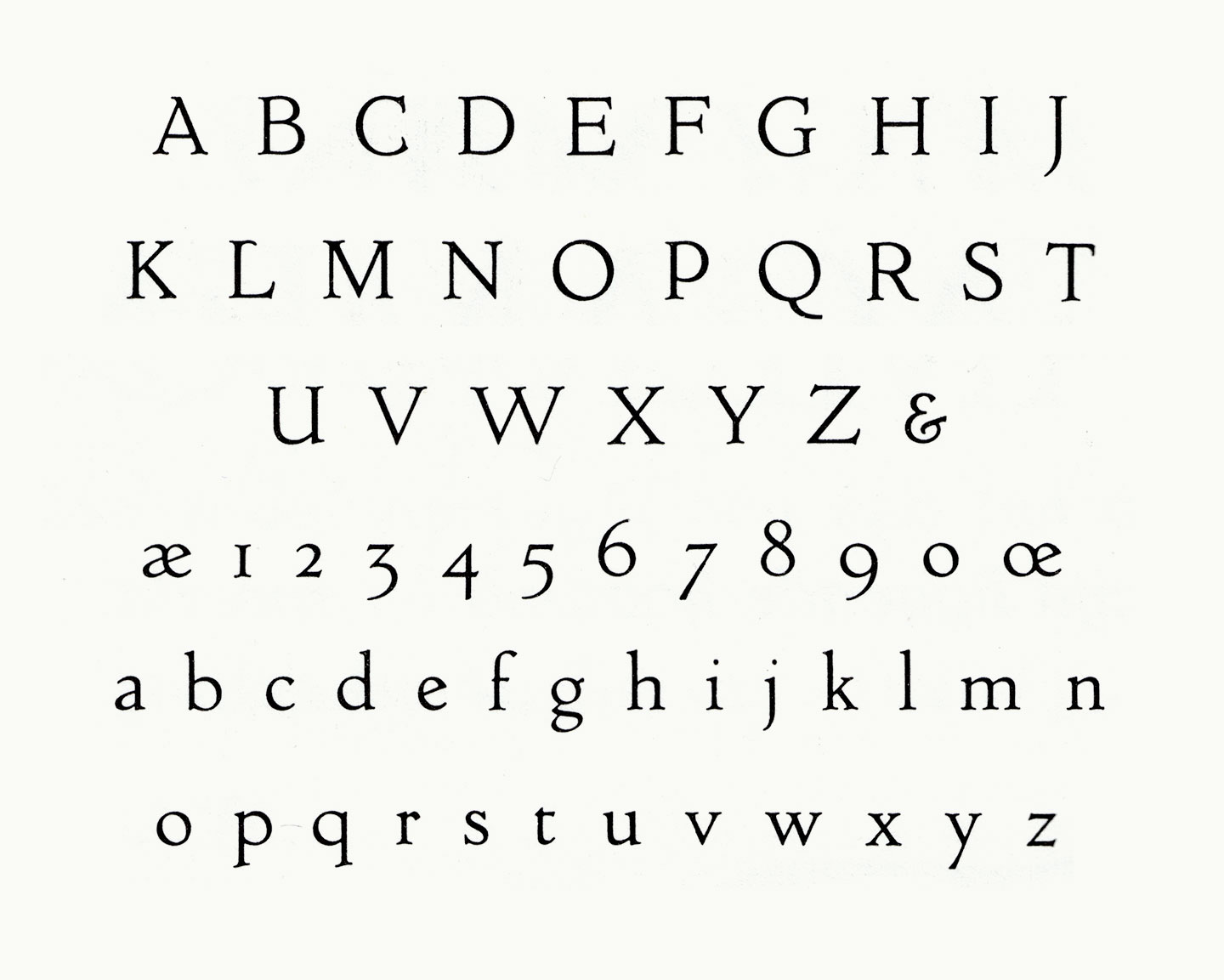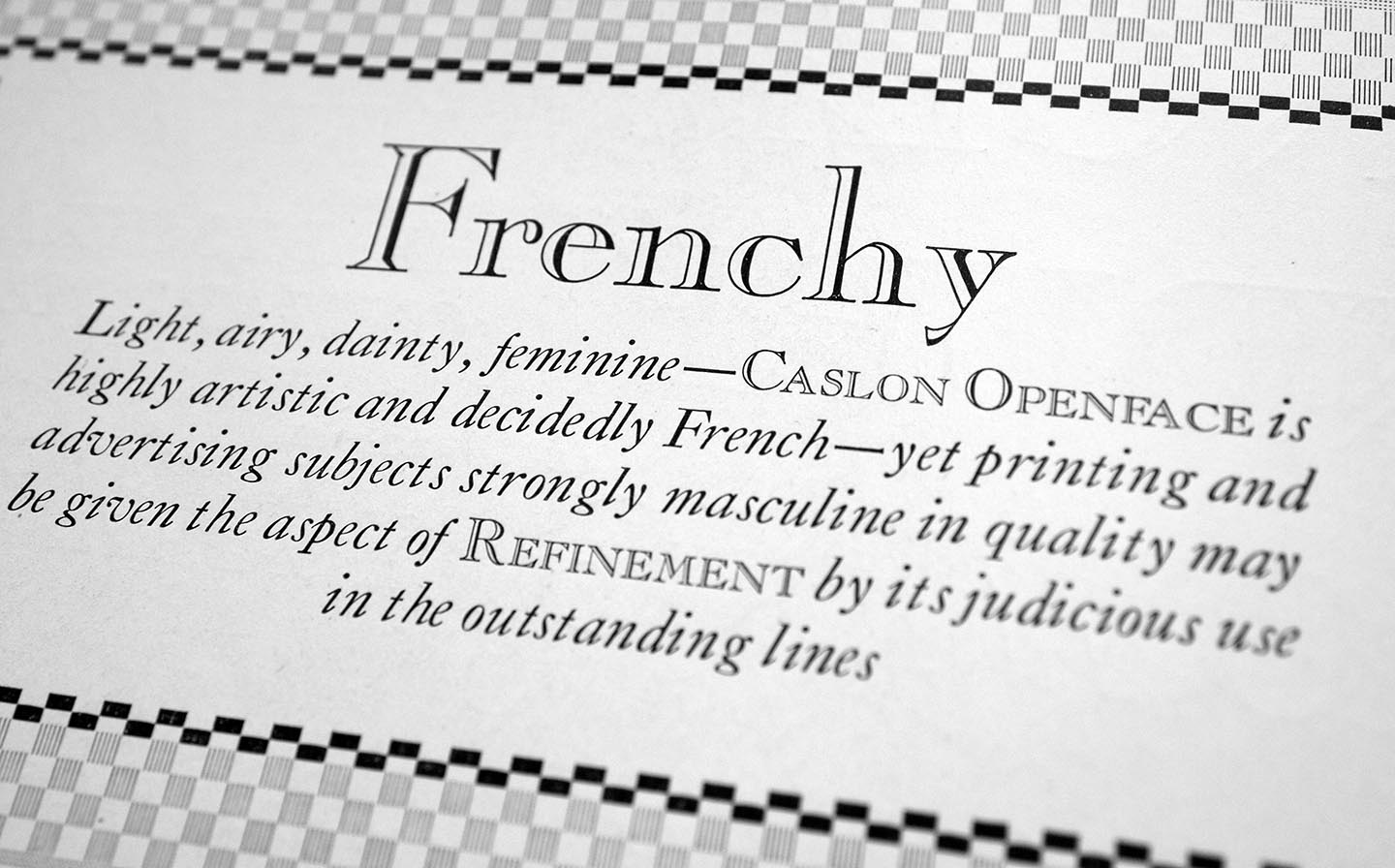As the first of hopefully several outreach activities, Alphabettes is happy to announce that we are starting a mentorship program. The aim is to help people, especially students and professional newcomers, to immerse themselves in the industry.
If you are looking for career, industry or educational guidance by professionals in the fields of type, typography, or the lettering arts, please fill in the form and we will try to match you with mentor who can guide you to achieve your goals.
If you are working in this field and want to volunteer as a mentor, please fill in the form and we will get in touch.
FAQ are listed below. If you have any additional questions, drop us an email: mentorship@alphabettes.org
What will you do with my information?
We will keep the information you provide confidential but may share parts of it with potential mentors to find the right match for you. Please be patient, it may take a bit until you receive a reply.
Can I choose my mentor?
We will try to match potential mentees with a mentor who is best suited to their career goals. If applicants already have a specific mentor in mind, they will have the option to state her name in the form but we can’t guarantee she will be available. If the preferred mentor has to decline the request we will try to find equally suitable alternatives.
How often will we meet?
You and your mentor will work out together how frequently, and when, you will connect. It can be anything from a one-off session to quarterly, monthly, or even more frequent meetings.
Where do we meet?
That’s up to you and your mentor as well. Meetings can happen online or in person. Our volunteers are spread across the globe. Some of us are in type-congested areas such as London, Berlin, New York City or the Bay Area where face-to-face meetings can be arranged more easily.
Who is eligible to apply as a mentee?
Although the program is open to everyone in our field, depending on demand, we may give preference to underrepresented groups.
What does it cost?
The organisation of the mentorship is at no cost, but also at no liability.
What’s the difference between a mentor and a consultant?
The idea is to provide guidance by experienced type and lettering professionals. It is not to be confused with free of charge consultancy. If you require more extensive business consulting or expert knowledge, you are welcome to get in touch with individual professionals: http://www.alphabettes.org/about/ or http://yesequal.us/



